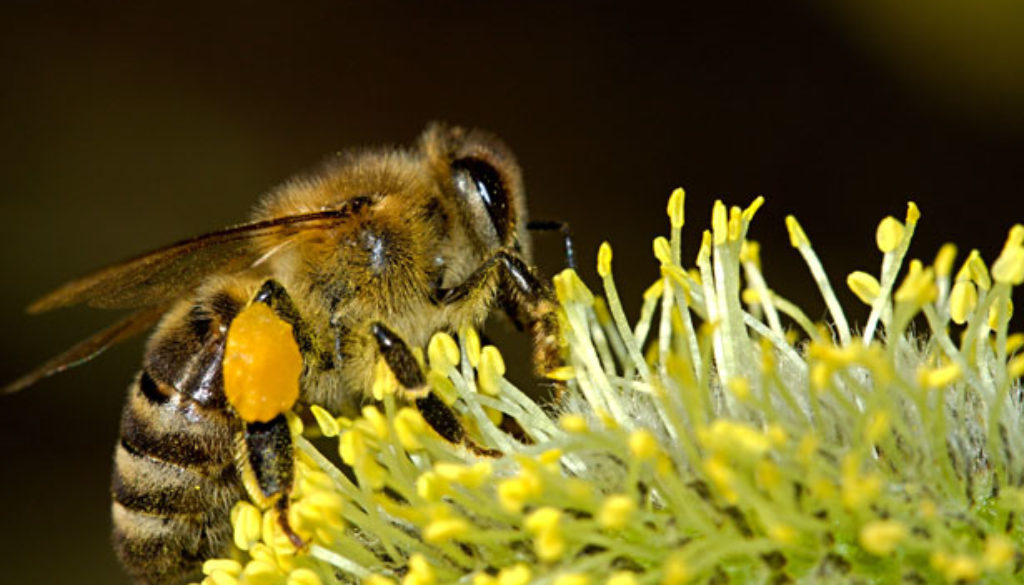Neonic Studies Highlight Need to Strengthen EPA Pollinator Rules
By Adam Russell, Friends of the Earth
A trio of recent studies, one conducted in the U.S. and the others in Europe, are highlighting some alarming facts regarding the daunting realities of neonicotinoid pesticides and their prevalence in industrial agriculture. The timing of this research coincides with the closing of the public comment period for EPA’s proposal, which is part of the White House Pollinator Strategy and once again emphasizes why the administration’s policies should focus more heavily on eliminating neonicotinoid pesticides — a leading driver of global bee decline.
On August 26, the European Food and Safety Administration, an agency of the European Union, released its findings from research analyzing the impacts three neonicotinoid pesticides have on pollinators when applied in foliar sprays, meaning applications to crop leaves. The EFSA found “high risks” for pollinators, from honey bees to solitary bees, from these sprays, matching earlier research into neonicotinoids applied in granules and seed treatments.
Similarly, a study from the York, England-based Food and Environment Research Agency examined neonicotinoid seed treatments applied to rapeseed crops in England, from 2000 to 2010. Over that time period, the authors found an increased mortality rate for honey bee colonies, correlating with higher numbers of acreage treated with imidacloprid, a common neonicotinoid. Imidacloprid use jumped from just 1 percent of rapeseed crops to 75 percent in those ten years.
Friends of the Earth England, Wales and Northern Ireland has noted that this is further evidence that Europe needs stronger and lasting protections for pollinators. Senior nature campaigner Paul de Zylva told The Guardian that the FERA study shows “the pesticide industry can’t continue to maintain that there is no effect of their products on honey bees and wild bumblebees and solitary bees.”
Over on this side of the Atlantic, the U.S. Geological Survey announced the results of a massive, 25-state and -territory survey of neonicotinoid pesticide contamination in stream ecosystems. The survey tested for six distinct neonicotinoid pesticides, and found evidence of at least one type in more than half of all streams tested. The most common, imidicloprid, was found in 37 percent of the water samples. The USGS noted, too, that the neonicotinoid concentrations appeared in pulses, increasing and decreasing in coordination with agricultural planting seasons.
These results, taken together, are alarming. All three of these studies cover large regions and demonstrate just how widely-used neonicotinoids truly are. As the EPA looks to finalize its mitigation proposal for pesticides that are acutely toxic to bees and its proposal to rely on state and tribe level bee protection plans,, it needs to ban all current and future uses of bee-killing pesticides, including neonicotinoids, and adopt a federal, unified plan with beekeepers to protect pollinators instead of a patchwork of state plans that vary in levels of strength and effectiveness that promote the interests of the pesticide industry. Importantly, EPA must act now and it should not wait until as late as 2019 to address the pesticide class’ effects on pollinators. The evidence is there, and now bees and our ecosystems need us to make the right decision on all systemic bee-harming insecticides, including neonicotinoids.
Note: If you have not yet submitted your comment to the EPA, it’s not too late. The period closes on Friday, August 28.

